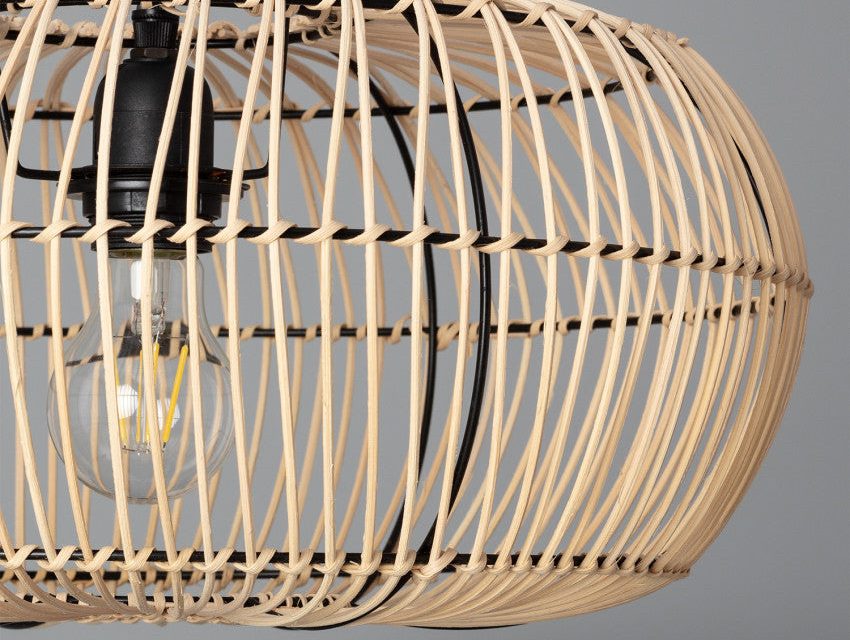
The right flooring can transform a kitchen, boosting both its look and feel. But while tiles and wood floors are often seen as the preferred options, there’s a growing body of evidence that vinyl is an equally good choice for a kitchen floor. In fact, today’s vinyl is tough, water resistant (or waterproof depending on the type), hygienic and affordable. It also comes in an array of patterns that make it possible to add the bold colors and textures of tile, wood or stone to a kitchen without breaking the bank.
What are the best vinyl kitchen flooring ideas?
Kitchen vinyl comes in four main types – peel and stick ($-$), sheet vinyl ($-$$), LVT (or luxury vinyl tile) or engineered vinyl plank (EVP) ($-$$$) and rigid core WPC and SPC (engineered wood polymer/rigid core) that is designed to mimic the appearance of real hardwood, stone and ceramic tile. It also comes in a wide range of color choices, from simple black and white geometric patterns to more intricate wood and stone designs, with some incredibly realistic options that are difficult to tell apart from the real thing.
Whether you want to recreate the poured concrete effect of a sleek modern kitchen, or add a relaxed New England style with slate-effect vinyl, the possibilities are endless. Even the encaustic tile trend, that has been embraced by designers and home remodelers around the world, can be recreated in purpose-manufactured vinyl for a fraction of the cost of the real thing.
And while tile and stone are porous and therefore need regular grout cleaning, vinyl is non-porous and simply needs sweeping and mopping to keep it looking fresh. That’s particularly important in busy kitchens where spillages and food stains are commonplace, and where a low-maintenance option is critical.
Vinyl is also softer and warmer underfoot than tile or stone, making it more comfortable for standing for long periods of time – another consideration when choosing the best flooring material for kitchens. It’s a smart alternative to other materials in large open plan kitchens too, as the continuity of a single color floor can help to connect zones and create a sense of space.

